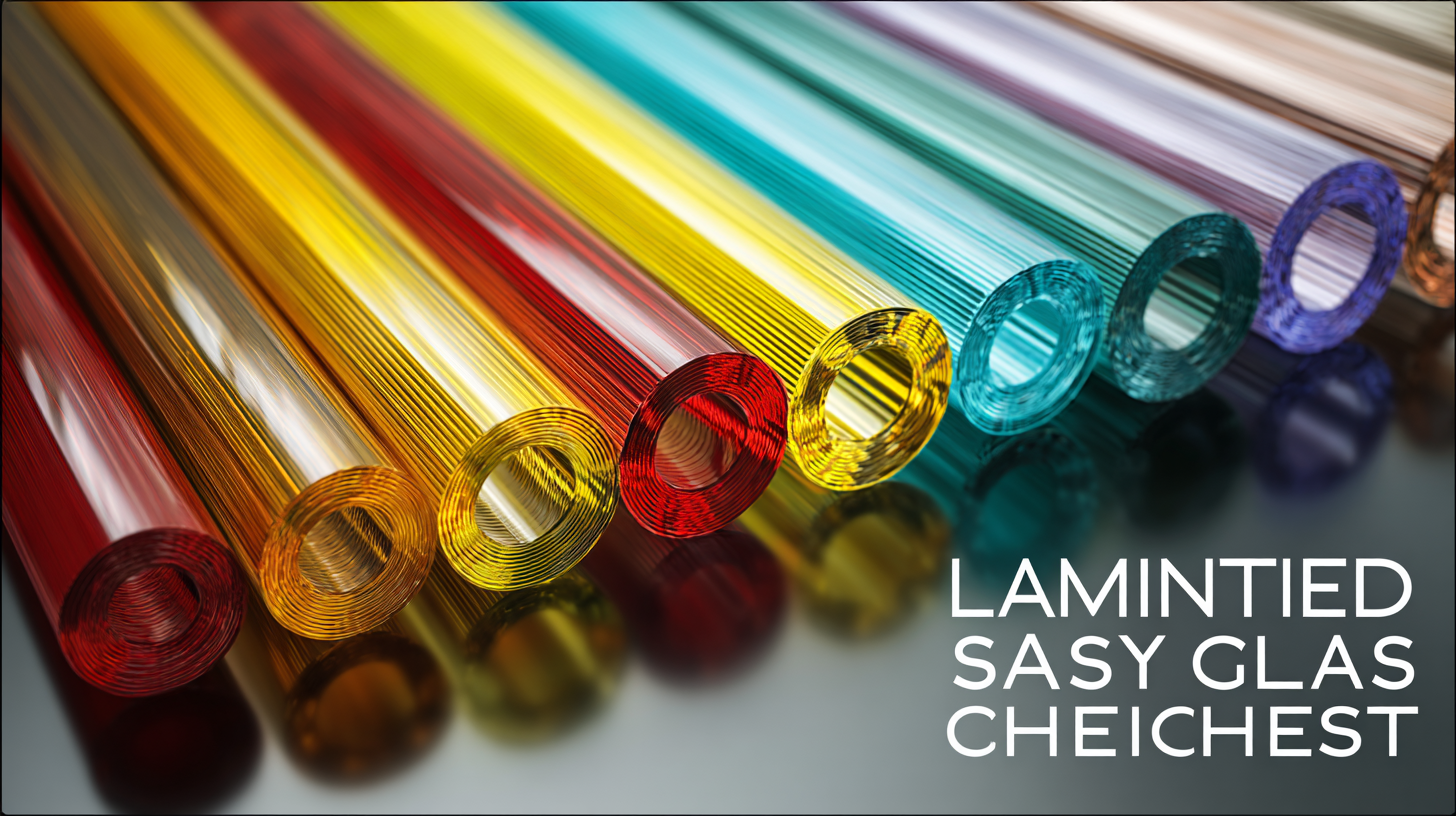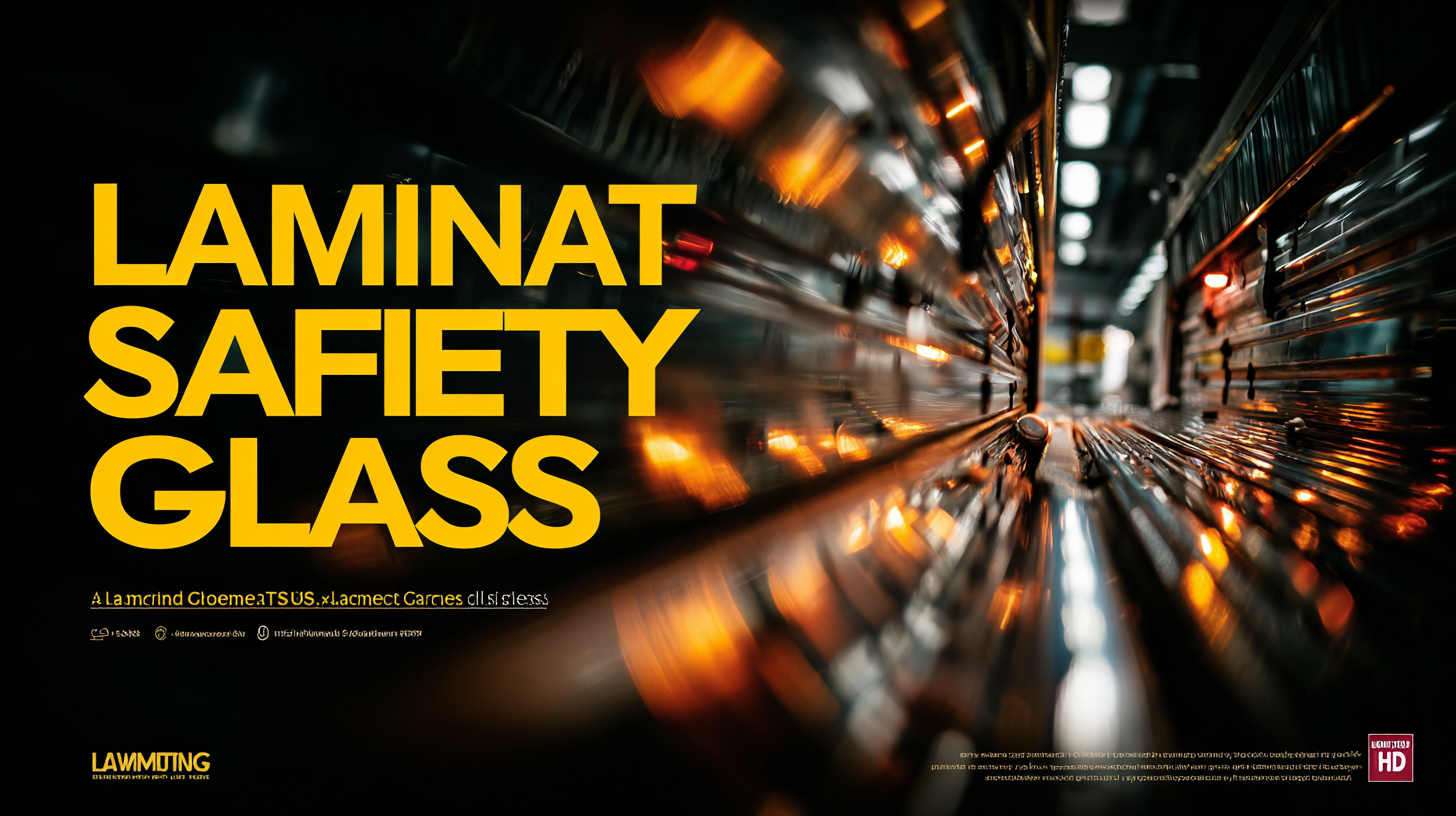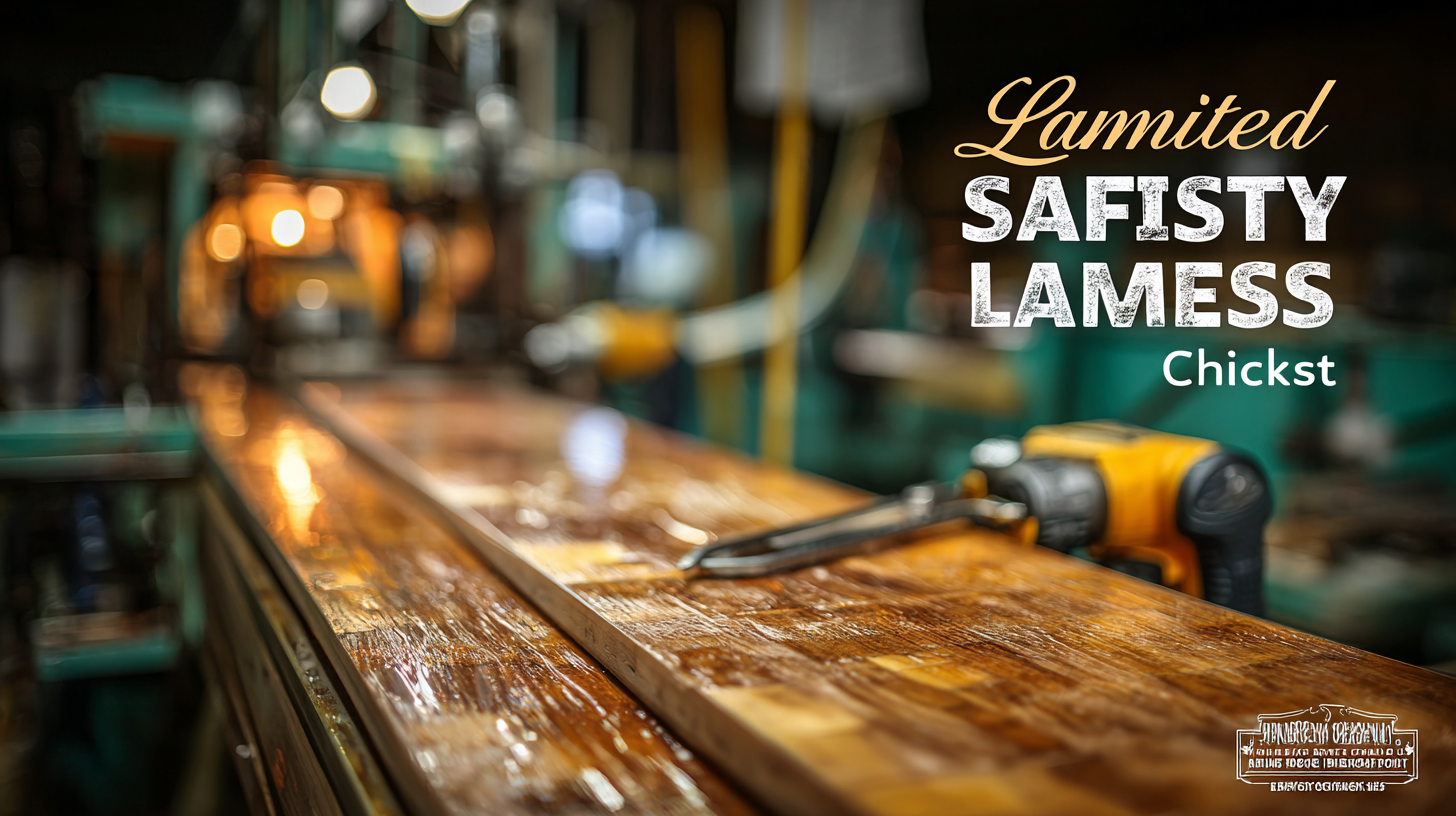
Essential Checklist for Choosing the Best Laminated Safety Glass for Your Project
In today's construction and architectural landscape, the demand for high-quality safety materials is more critical than ever. According to a report by MarketsandMarkets, the laminated safety glass market is projected to reach USD 29.31 billion by 2025, indicating a significant rise in interest from industries prioritizing safety and durability. Laminated safety glass, known for its exceptional impact resistance and ability to hold together upon shattering, has become a go-to choice for various applications ranging from automotive to building facades. As professionals embark on projects that require this innovative material, understanding the essential criteria for selecting the best laminated safety glass is imperative for ensuring safety, durability, and aesthetic appeal. This blog will provide a comprehensive checklist to guide you through the decision-making process, ensuring that your project not only meets regulatory standards but also enhances safety and performance.

Understanding the essential criteria for selecting the best laminated safety glass is imperative for ensuring safety, durability, and aesthetic appeal.
Key Factors to Consider When Selecting Laminated Safety Glass
When selecting laminated safety glass for your project, several key factors come into play. First and foremost, consider the intended use of the glass. Different applications, such as commercial buildings, residential homes, or vehicles, may require specific thicknesses and compositions of laminated safety glass to ensure optimal safety and performance. Understanding the environment where the glass will be installed will aid in making an informed decision regarding its durability and resistance to impact.
Another crucial factor is the quality of the interlayer used in the laminated glass. The interlayer not only provides increased strength but also enhances the glass's ability to block UV rays and reduce noise. Look for products that utilize high-quality interlayers, such as PVB or EVA, which are known for their durability and adhesion properties. Furthermore, consider the overall aesthetics of the laminated safety glass. The choice of tint, transparency, and any additional coatings can influence both the appearance and functionality of the glass, adding significant value to your project.
Essential Checklist for Choosing Laminated Safety Glass
Understanding Different Types of Laminated Safety Glass
When selecting laminated safety glass for your project, it's crucial to understand the various types available and their specific applications. Laminated safety glass is typically composed of two or more glass sheets interlayered with a durable, transparent resin. This construction enhances safety by holding shattered glass fragments in place, preventing injuries and property damage. Common types include acoustic laminated glass, which is designed to reduce noise pollution, and solar control laminated glass, which incorporates UV-resistant layers to block harmful rays.
Another key consideration is the thickness of the laminated glass. While standard thicknesses usually range from 4mm to 12mm, choosing the right thickness is vital depending on the project's requirements, such as structural integrity and exposure to elements. Additionally, certain laminated glasses come with enhanced security features that make them harder to break, making them ideal for commercial use or vulnerable installations. Familiarizing yourself with these types will ensure you make an informed choice that meets both safety and aesthetic needs.
Essential Checklist for Choosing the Best Laminated Safety Glass for Your Project - Understanding Different Types of Laminated Safety Glass
| Type of Laminated Safety Glass | Thickness Range (mm) | Impact Resistance (Test Method) | UV Protection (Yes/No) | Noise Reduction (dB) |
|---|---|---|---|---|
| Standard Laminated Glass | 6 - 12 | ANSI Z97.1 | Yes | 30 |
| Security Laminated Glass | 8 - 20 | ASTM F1233 | Yes | 32 |
| Decorative Laminated Glass | 5 - 15 | ANSI Z97.1 | Yes | 28 |
| Acoustic Laminated Glass | 10 - 25 | ASTM E90 | Yes | 37 |
| Solar Control Laminated Glass | 6 - 16 | ASTM C1171 | Yes | 30 |
Evaluating Performance Standards and Safety Ratings
When selecting laminated safety glass for your project, evaluating performance standards and safety ratings is crucial. Various industry reports highlight the significance of adhering to established safety benchmarks to ensure optimal performance. For instance, the American National Standards Institute (ANSI) provides guidelines that measure the impact resistance and durability of laminated glass, which can significantly reduce injury risks during accidents. Proper adherence to these standards not only ensures regulatory compliance but also enhances the safety of the structure, aligning with an overarching commitment to health and safety in construction.
Moreover, a review of safety statistics in the construction sector has revealed that projects utilizing high-quality laminated safety glass experience a marked decrease in incident rates. According to recent injury statistics, projects that prioritize proven safety glass solutions see injury incidents drop by over 30%, demonstrating a direct correlation between material selection and occupational safety. Therefore, understanding the performance ratings of laminated safety glass is essential for making informed decisions that prioritize both safety and durability, ultimately leading to successful project outcomes.
Tips for Assessing Aesthetic and Functional Requirements
When selecting laminated safety glass for your project, understanding both aesthetic and functional requirements is crucial. Reports indicate that architectural trends show an increasing preference for large glass surfaces, with the global laminated safety glass market projected to reach $32 billion by 2027. This growth hints that designers and architects are prioritizing not only safety but also visual appeal. Aesthetic considerations include color, texture, and the ability to adapt to various architectural styles. For instance, frosted or tinted laminates can provide privacy while allowing natural light, making them ideal for commercial spaces.

Functionally, laminated safety glass offers significant advantages, such as enhanced safety, UV protection, and sound insulation. The National Safety Council notes that using laminated glass can reduce the risk of injuries by 90% in case of breakage. When choosing the right product, consider performance metrics like shatter resistance and thermal insulation properties. High-performance laminated safety glass can help improve energy efficiency, with studies showing up to a 20% reduction in energy costs in buildings that prioritize energy-efficient glazing solutions. By balancing these aesthetic and functional needs, you can ensure the best outcome for your project.
Common Mistakes to Avoid When Choosing Laminated Glass
When selecting laminated safety glass for your project, one common mistake is overlooking the importance of glass thickness. Many assume that thicker glass always means greater safety; however, the lamination process plays a critical role in impact resistance. It's essential to choose the right thickness for your specific application while also considering the interlayer material, which affects both strength and transparency.
Another frequent pitfall is ignoring the certifications and standards relevant to laminated glass. Not all laminated glass products are created equal, and ensuring that the glass meets industry standards is crucial for safety and performance. Failing to check for certifications can lead to costly mistakes and potentially hazardous situations, especially in high-traffic or high-risk areas. Always verify that the glass you choose is compliant with local safety regulations and industry benchmarks to avoid issues down the line.

